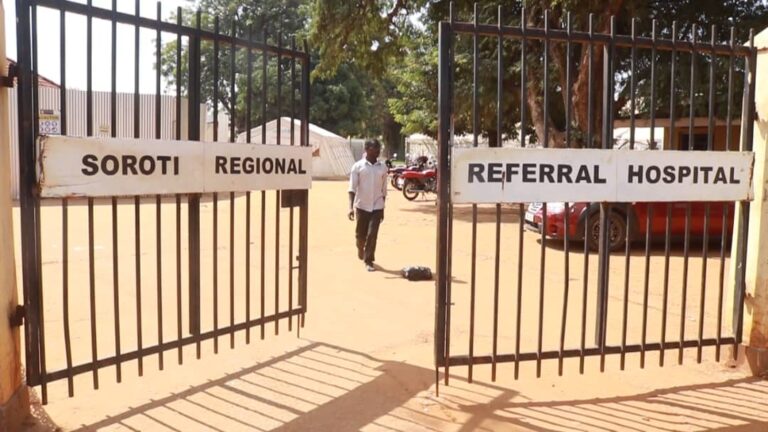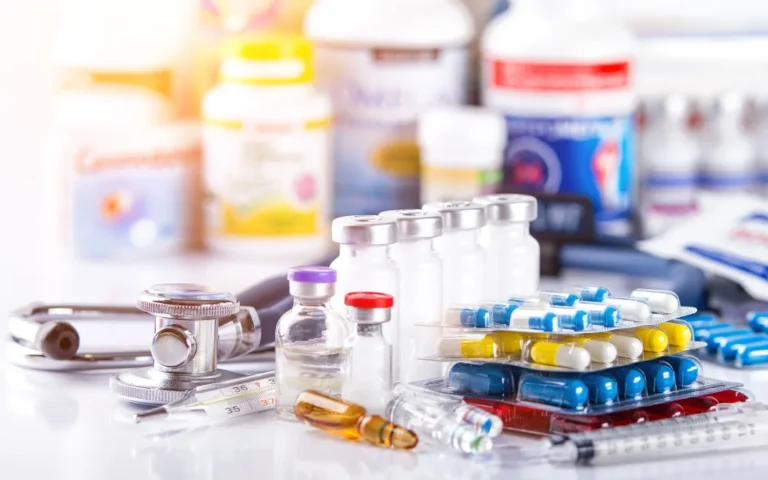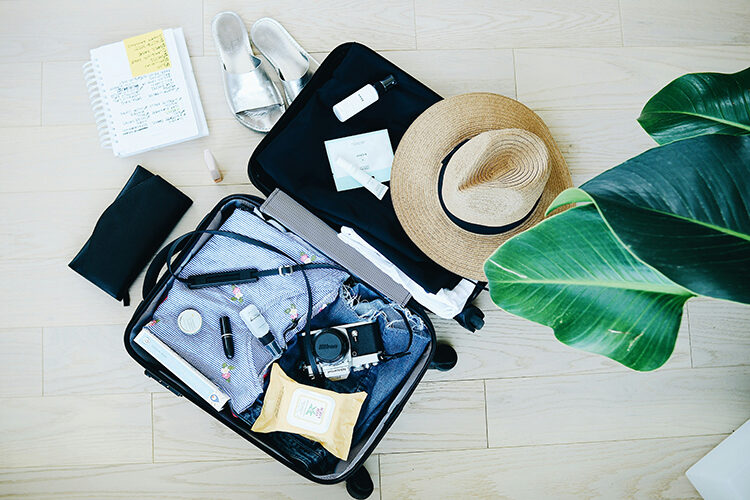On January 18, 2020, President Yoweri Museveni joined other African leaders at a two-day France – Africa summit in Lome, Togo to discuss drug trafficking and counterfeit medicines on the continent.
Seven African leaders from the Republic of Congo, Gambia, Ghana, Niger, Senegal, Togo and Uganda signed an agreement for stronger legislation to criminalise the sale of fake drugs at the summit on counterfeit medicines held under the theme; “Fake drugs a real crime”.
What are Counterfeit medicines?
According to the World Health Organisation (WHO), a counterfeit medicine is one which is deliberately and fraudulently mislabeled with respect to identity and/or source.
Counterfeiting can apply to both branded and generic products; counterfeit products may include products with the correct ingredients or with the wrong ingredients, without active ingredients, with insufficient active ingredient or with fake packaging.
Concern about the quality of drugs is as old as drugs themselves. Writings from as early as the fourth century BC warn of the dangers of adulterated drugs and, in the first century AD, the Greek physician Dioscorides identified such products and advised on their detection.
Despite all the advances made over the years, this concern has not disappeared. In the recent past, the unregulated proliferation of pharmaceutical industries and products has brought with it many diverse problems of varying magnitude. Counterfeiting is just one example.
How counterfeit medicines end up on the Ugandan market
The drugs are smuggled into the country through the different points of entry. Uganda has extremely porous borders, which makes it easy for smugglers to sneak their merchandise into the country. The counterfeit medicines are also disguised as other products.
According to a source in National Drug Authority (NDA), these products have an extremely vast market attributed to their low prices and subsequent profit margin. Sadly, this high demand has kept the business of counterfeit medicines booming.
According to a recent research, 10% of the medicines prescribed by doctors to patients in Uganda are counterfeit drugs.
What is government doing to curb counterfeits?
The NDA has a fully equipped quality control laboratory located in Mulago although the only products under mandatory testing for all batches, are mosquito nets, gloves and condoms. For the rest of the drugs, the testing is periodic and for certain batches, which increases the likelihood of counterfeits accumulating on the market.
On a positive note, the NDA is constructing high-tech laboratory for testing the efficacy and quality of drugs that are manufactured both within and out of the country. According to Dr. Medard Bitekyerezo, the NDA board chairperson, the new laboratory will strengthen the authority’s capacity to eradicate substandard, falsified and counterfeit medicines in Uganda.
The source also noted that in recent years, NDA has massively expanded its workforce in recent years, through recruitment of technical persons in the areas of drug regulation, inspection and analysis to bolster its efforts in the fight against substandard, falsified and counterfeit medicines. In line with the expanded workforce, raids have been carried out on different occasions and counterfeits worth billions recovered.
The president of Uganda, His Excellency Yoweri Kaguta Museveni, recently expressed interest and pledged his support to working with the MediConnect a blockchain company, which traces drugs from manufacturers through to pharmacies and patients, in a bid to fight counterfeits.
But at the moment, all the public can do to detect counterfeits is to carefully search for any irregularities in the color, texture, smell and general appearance of the medicine.
Impact on public health
In most cases, counterfeit drugs are not equivalent in quality, safety and efficacy to their genuine counterparts. Even if they are of the correct quality or contain the correct amount of active substance, their production and distribution are not within the purview of the drug regulatory authority of the country concerned. This means that any associated defects and adverse reactions will not be easily recognized or monitored and, if needed, an effective product recall would not be possible.
So far, counterfeit drugs which have been discovered have rarely been effective. In many cases, they have been positively dangerous and detrimental to public health in terms of human suffering and burden on the health services. Patients may not respond as quickly as they should and, in some instances, may not respond at all. Treatment with ineffective counterfeit drugs such as antibiotics or vaccines may have a deleterious effect on a wide section of the population, such as development of resistance of the micro-organism to the drug molecule, since it is exposed to sub optimal levels of the drug.
In extreme cases, counterfeit drugs may cause serious harm to health or worsen the conditions being treated because of the harmful ingredients they may contain. For example, the incorporation of diethylene glycol in pharmaceutical preparations, fraudulently or by mistake, has caused the death of more than 5000 people, mostly children. When ingested, diethylene glycol can affect the central nervous system, liver and kidneys, and can lead to death through kidney failure. In another case, it is alleged that placebo tablets containing no active ingredients were stolen and sold as a contraceptive drug, leading, it is claimed, to unexpected pregnancy.
As a consequence of such damaging effects, counterfeit drugs may erode public confidence in health care systems, health care professionals, the suppliers and sellers of genuine drugs, the pharmaceutical industry and the drug regulatory authorities.
Incorrect labelling as to source can also be detrimental to the reputation and financial standing of the original and/or current manufacturer whose name is being fraudulently used.
In light of the above implications, the vice of counterfeit drugs therefore needs to be dealt with, with extreme prejudice
By Victor Bewayo
(Member of the Pharmaceutical Society)





